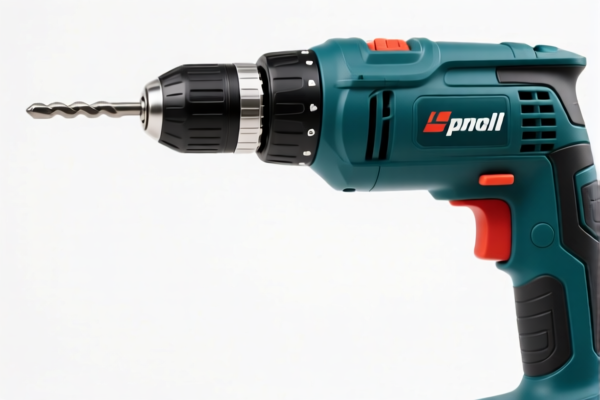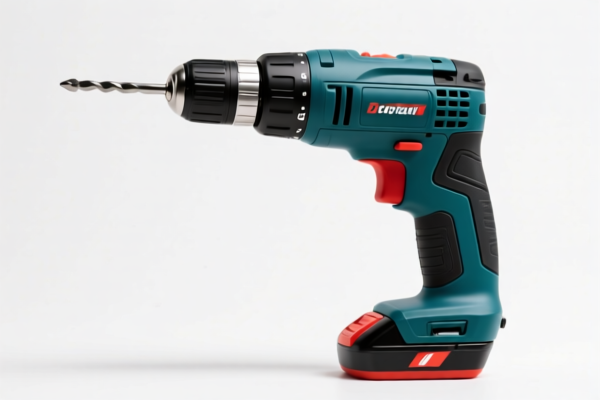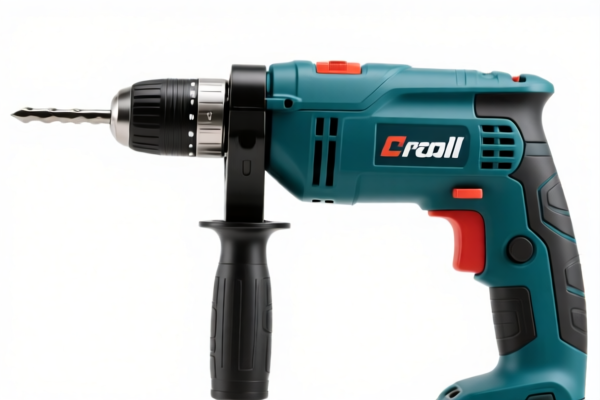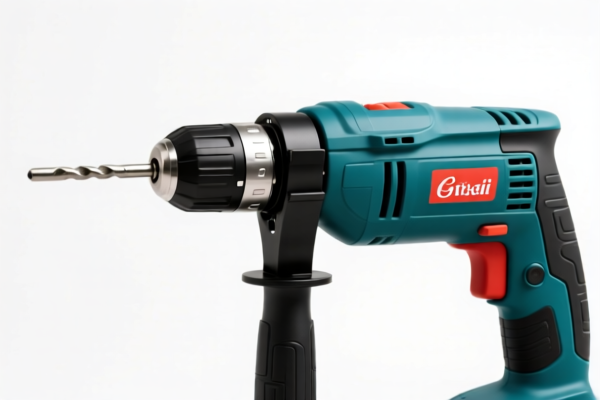| HS Code | Official Doc | Tariff Rate | Origin | Destination | Effective Date |
|---|---|---|---|---|---|
| 8487900080 | Doc | 83.9% | CN | US | 2025-05-12 |
| 8487900040 | Doc | 58.9% | CN | US | 2025-05-12 |
| 8206000000 | Doc | The rate of duty applicable to that article in the set subject t+30.0% | CN | US | 2025-05-12 |




Air Drill
An air drill is a power tool driven by compressed air. It is commonly used for drilling, fastening, and other rotary applications, particularly in industries and applications where electric drills are unsuitable or impractical.
Material
Air drills are typically constructed from a combination of:
- Housing: Aluminum alloy, composite plastics, or a combination thereof, providing durability and weight reduction.
- Motor: Pneumatic vane motor, converting compressed air energy into rotational force. These are often steel or alloy construction.
- Chuck: Steel alloys, often hardened, to securely hold drill bits and other accessories.
- Internal Components: Steel, brass, and other metals for gears, bearings, and air passages.
Purpose
The primary purpose of an air drill is to provide rotational force for:
- Drilling: Creating holes in various materials (wood, metal, plastic, etc.).
- Fastening: Driving screws, bolts, and other fasteners.
- Reaming & Countersinking: Expanding existing holes or creating conical recesses.
- Grinding & Polishing: When fitted with appropriate attachments.
- Light Deburring: Removing sharp edges from materials.
Function
Air drills operate based on the following principles:
- Compressed Air Supply: Connected to an air compressor via an air hose and coupling.
- Air Motor Activation: Compressed air enters the drill, turning a vane motor. The higher the air pressure, the faster and more powerfully the drill operates.
- Rotational Force: The vane motor converts pneumatic energy into rotational force.
- Chuck Operation: The chuck securely grips and rotates the drill bit or accessory.
- Speed Control: Typically regulated by a throttle trigger and/or an adjustable air regulator on the compressor or drill. Some models have multiple forward/reverse settings.
Usage Scenarios
Air drills are commonly used in:
- Automotive Repair: Disassembling and assembling vehicle components.
- Manufacturing: Production lines, assembly work, and maintenance.
- Construction: Framing, roofing, and general repairs.
- Aerospace: Aircraft maintenance and repair.
- Woodworking: Fastening and drilling in wood projects.
- Metalworking: Drilling and fastening metal components.
- Dental Procedures: Specialized, high-precision air drills are used in dentistry.
Common Types
- Straight Air Drills: Most common type, with a straight body and inline chuck. Versatile for general applications.
- Pistol Grip Air Drills: Ergonomic design for better control and comfort, particularly for prolonged use.
- Angle Air Drills: Designed for accessing tight or awkward spaces.
- Reversible Air Drills: Allow for both forward and reverse rotation.
- Variable Speed Air Drills: Offer adjustable speed control for different materials and applications.
- High Torque Air Drills: Provide increased rotational force for heavy-duty applications.
- Impact Air Drills: Combine rotational force with concussive blows for driving fasteners. (Often considered a separate tool category but related.)
Air drills are tools typically used for drilling, fastening, and other similar applications, often in manufacturing, construction, and repair settings. They are powered by compressed air and are known for their high torque and durability.
The following HS codes may be relevant based on the provided information:
- 8206000000: Tools of two or more of headings 8202 to 8205, put up in sets for retail sale. This code applies if the air drill is sold as part of a set with other tools. The applicable duty rate is the rate applicable to the article in the set, plus 30.0%.
- 8487900080: Machinery parts, not containing electrical connectors, insulators, coils, contacts or other electrical features, and not specified or included elsewhere in this chapter: Other. This code could apply to certain components of the air drill, provided they do not include electrical features. The total tax rate is 83.9%.
- 8487900040: Machinery parts, not containing electrical connectors, insulators, coils, contacts or other electrical features, and not specified or included elsewhere in this chapter: Other Oil seals, other than those of chapter 40. This code applies to oil seals used in the air drill, excluding those classified under chapter 40. The total tax rate is 58.9%.
According to the provided reference material, the HS code options related to 'air drill' are limited, with only the following 3 found.
Please note that for HS code 8487900080 and 8487900040, the components must not contain electrical features. For HS code 8206000000, if the air drill is part of a set, the duty rate will depend on the specific articles included in the set.
Customer Reviews
No reviews yet.